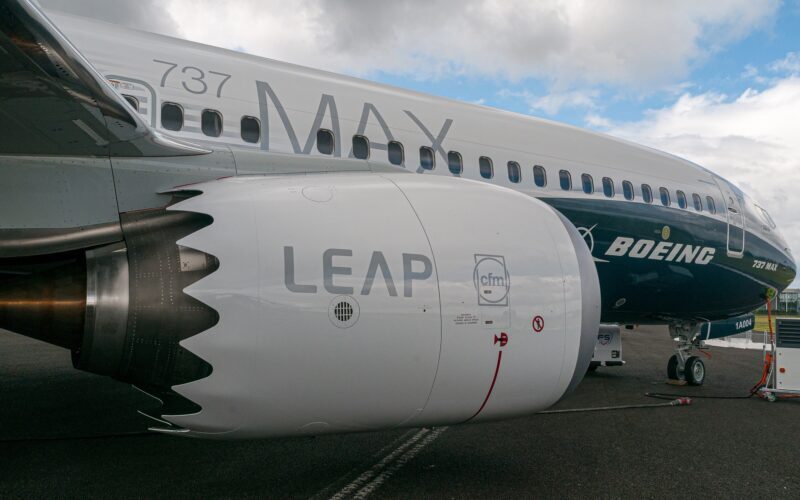Boeing Commits to Engine Inlet Redesign for 737-7 and 737-10 Certification Within a Year

Boeing has pledged to develop new engine inlets for the 737 MAX models, particularly the 737-7 and 737-10, within a year or less. This initiative has emerged as the central focus for the certification of these aircraft models, according to CEO Dave Calhoun.
During Boeing’s fourth-quarter earnings call, Calhoun underscored the company’s dedication to efficiently address and resolve this challenge. The redesign aims to rectify overheating issues observed with the engine inlets when the anti-ice system is activated under specific conditions. Boeing plans to implement this design modification as part of the 737-7 certification and intends to retrofit it across all 737 MAX models in service and those yet to be delivered.
The necessity for this redesign was identified due to a risk of overheating, which could lead to the failure of the engine inlet’s composite parts under certain scenarios, especially in dry air conditions.
Initially, Boeing sought a waiver from the FAA to proceed with the 737-7 certification while developing a lasting solution, planning to introduce the fix with the 737-10. However, Boeing later opted to withdraw its request for exemption, deciding to include the redesign in the 737-7’s certification process.
This decision has extended the certification timeline for the 737-7, with Boeing estimating an additional nine to twelve months required to finalize the engine anti-ice system modification. Consequently, the certification of the 737-7 is now projected for no earlier than the end of 2024, though Boeing has not specified an exact timeline, noting that the schedule depends on FAA approval.
Moreover, this inlet redesign has contributed to the certification delays for the 737-7, as Boeing addresses the overheating risk as part of its comprehensive certification efforts. The company is actively working to resolve this and other issues to fulfill the FAA’s certification standards, impacting not only the 737-7 but also influencing the development schedule for the 737-10.
Sources: AirGuide Business airguide.info, bing.com, Aviation Week Network, Flight Global
